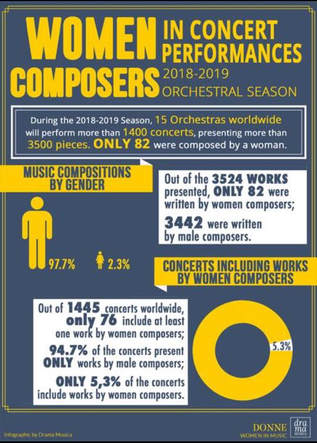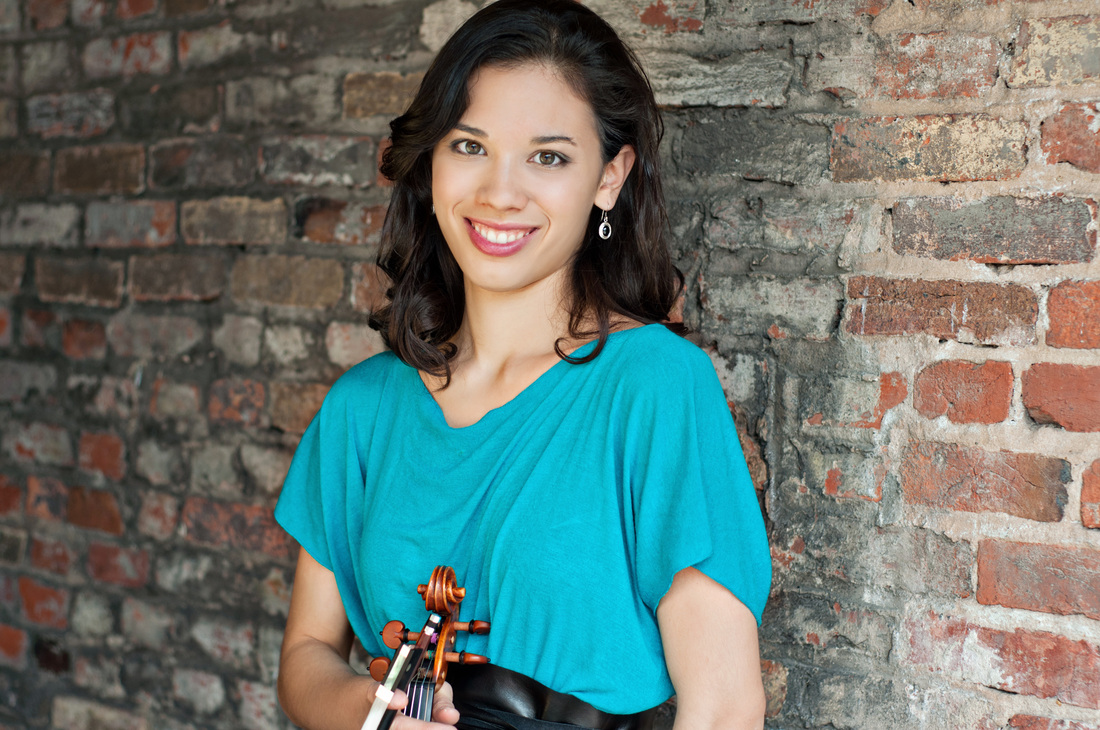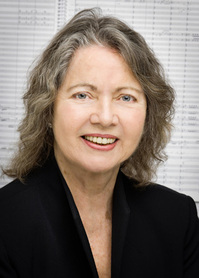In any case, I am now (recently) retired from my university job and hope to chime in more frequently as I find nuggets of interest. So much has happened for women in music in these past few years! Though I'm starting here with a literal blast from the past, I will work to come up with some observations on the progress that's been made recently, and point you to some compositions you might like to know more about by contemporary musicians.
I've been doing some revising of some of the anthology volumes, correcting some wrong notes (it's endless), finding more information on a composer or two where it was sketchy, and sadly adding some death dates for a few who are no longer with us. On a whim, I thought I'd try to find Irma Seydel's death year-- but instead I found a number of recordings she made in the early 20th century which are available online! They are part of the Discography of American Historical Recordings, "housed" at the University of California Santa Barbara. In addition to standards like Massenet's Meditation from Thaïs and the like, is the modestly titled "Minuet", with no composer credited. Well, it is Seydel playing Seydel! It's the minuet that serves as the final piece in volume one of Violin Music by Women, and here it is:





 RSS Feed
RSS Feed